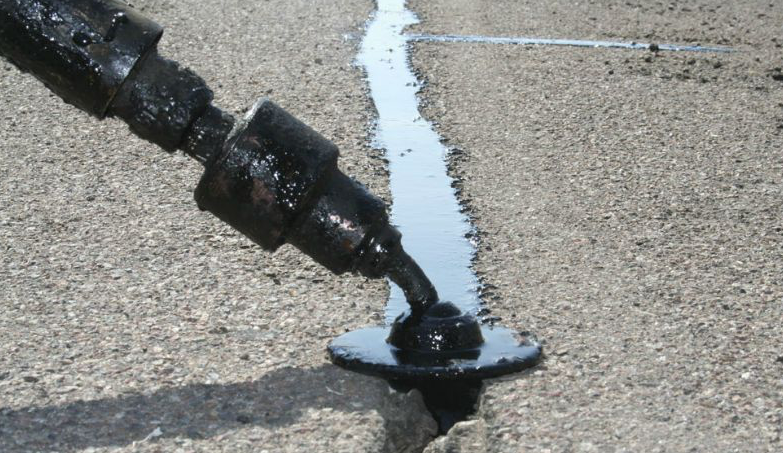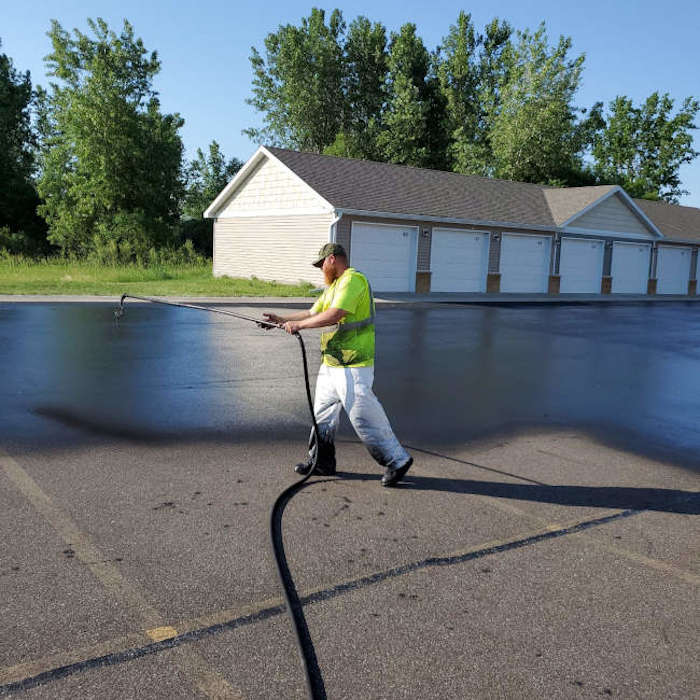Hot Mix Asphalt: A Lasting Remedy for Sidewalk
Warm Mix Asphalt (HMA) has arised as a leading lasting option for sidewalk options, providing a myriad of ingenious technologies and ecological benefits. As the need for environment-friendly construction methods grows, discovering the nuances of HMA's sustainability can offer beneficial understandings into the future of sidewalk options.
Environmental Benefits of Hot Mix Asphalt

In Addition, Hot Mix Asphalt aids to minimize city heat island results. Its dark color soaks up sunlight, minimizing the quantity of heat mirrored back into the ambience contrasted to lighter-colored pavements. This can decrease ambient temperatures in metropolitan locations, decreasing the demand for cooling and ultimately minimizing power consumption.
On top of that, Warm Mix Asphalt adds to improved stormwater management. Its permeable nature permits water to penetrate the pavement and recharge groundwater supplies, decreasing overflow and the threat of flooding. These ecological benefits make Hot Mix Asphalt a sustainable option for leading roadways and highways.
Energy Effectiveness in HMA Manufacturing
Is power effectiveness an essential aspect in the production of Warm Mix Asphalt (HMA)? Energy plays a considerable role in the manufacturing of HMA, affecting both price and ecological sustainability. One essential facet of power efficiency in HMA manufacturing is the use of warm mix asphalt (WMA) modern technologies.
Moreover, developments in plant technologies have actually led to even more energy-efficient HMA production procedures. Modern plants are developed with attributes like recycled asphalt sidewalk (RAP) handling capabilities, reliable burner systems, and boosted insulation, all adding to power cost savings. By maximizing energy use in HMA production, the industry can lower its carbon footprint while keeping top notch pavement products. Power performance is, for that reason, an essential factor to consider in guaranteeing the sustainability of Warm Mix Asphalt production.
Recyclability of Hot Mix Asphalt
The recyclability of Warm Mix Asphalt (HMA) is an essential facet of its sustainability and long-term environmental effect. HMA is just one of one of the most recycled products in the United States, with over 100 million heaps of redeemed asphalt pavement (RAP) being reused each year in new sidewalk building and construction. Reusing HMA offers several environmental advantages, such as decreasing the demand for virgin products, decreasing energy consumption during production, and reducing the amount of waste sent to garbage dumps.
The procedure of reusing HMA entails crushing the existing sidewalk, squashing it right into smaller sized items, and blending it with brand-new accumulation and asphalt blog here binder to develop a recycled mix. This recycled mix can often carry out in addition to and even much better than standard HMA, while calling for less basic materials and generating reduced greenhouse gas exhausts. By including RAP right into brand-new sidewalk jobs, roadway companies can save natural resources, decrease costs, and minimize the environmental footprint of roadway construction and maintenance activities. Generally, the recyclability of HMA plays a considerable function in promoting sustainable techniques within the sidewalk market.

Long-Term Efficiency of HMA
Asphalt pavements demonstrate sturdiness and durability over a prolonged duration, mirroring the lasting efficiency of Warm Mix Asphalt (HMA) The long life of HMA can be connected to its capacity to withstand heavy traffic loads, severe weather condition conditions, and the results of aging. Researches have actually shown that well-designed and properly created HMA sidewalks can last for 20 years or more with normal upkeep. The secret to optimizing the long-term efficiency of HMA hinges on making use of top quality products, adhering to best techniques in building, and carrying out efficient maintenance strategies. Correct drain, routine inspections, and prompt repair services are necessary for protecting the structural honesty of HMA pavements over time. In Check Out Your URL addition, improvements in HMA technology, such as making use of polymer-modified binders and cozy mix asphalt, have better improved the resilience and longevity of HMA sidewalks. By prioritizing high quality construction and upkeep methods, HMA continues to confirm itself as a lasting and cost-effective solution for durable pavement framework.

HMA: Resilience and Sustainability
Demonstrating both sturdiness and sustainability, Hot Mix Asphalt (HMA) has ended up being a foundation in the building and construction of resilient pavement frameworks - angled parking. HMA's durability originates from its ability to hold up against heavy lots, severe climate conditions, and high website traffic volumes, making it a reliable option for highways, highways, and airport terminal runways. The structure of HMA, which commonly includes accumulations, binder, and filler, plays an important duty in enhancing its durability and resistance to tear and wear
Additionally, HMA's sustainability depends on its recyclability and energy-efficient production procedure. The ability to reuse recovered asphalt sidewalk (RAP) in new HMA mixes lowers the demand for virgin materials and lessens the ecological impact of pavement building and upkeep. Additionally, the energy effectiveness of generating HMA lies in its reduced blending temperatures compared to go to this site other sidewalk products, bring about reduced energy usage and greenhouse gas discharges.
Final Thought
In verdict, hot mix asphalt (HMA) provides a sustainable option for sidewalk with its ecologically friendly characteristics. HMA's recyclability, power performance in production, and long-term resilience make it an environmentally friendly selection for roadway building.
HMA is one of the most recycled products in the United States, with over 100 million tons of redeemed asphalt pavement (RAP) being recycled every year in new sidewalk construction.The process of reusing HMA involves crushing the existing pavement, squashing it into smaller sized pieces, and blending it with new aggregate and asphalt binder to develop a recycled mix.Asphalt pavements show sturdiness and resilience over a prolonged duration, showing the long-lasting performance of Warm Mix Asphalt (HMA) Additionally, advancements in HMA modern technology, such as the use of polymer-modified binders and cozy mix asphalt, have further boosted the sturdiness and longevity of HMA pavements. The capacity to recycle reclaimed asphalt sidewalk (RAP) in brand-new HMA mixes reduces the need for virgin materials and minimizes the ecological impact of sidewalk building and maintenance.